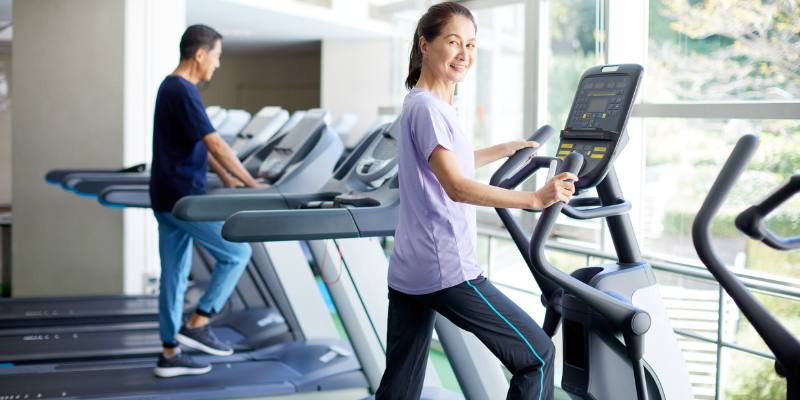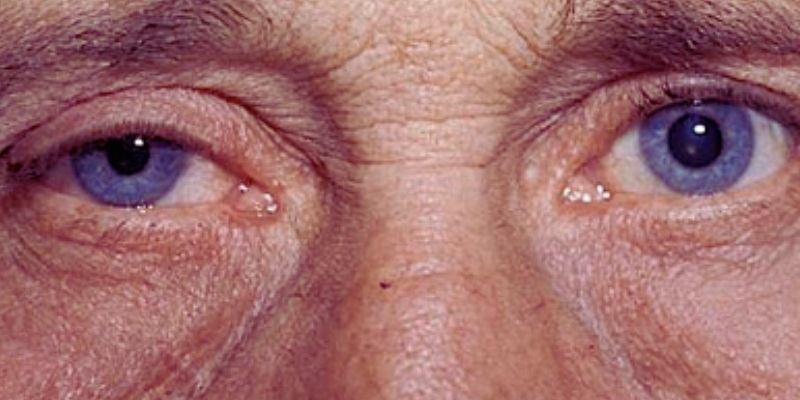Aerobic Exercise Or Tai Chi? Best Movement Therapy For Fibromyalgia
Fibromyalgia is a chronic condition that causes widespread pain, fatigue, and sleep disturbances, significantly impacting daily life. Managing its symptoms requires a combination of medical treatments and lifestyle changes, with movement therapy playing a crucial role. However, not all exercises are suitable for fibromyalgia patients, as high-impact activities can worsen symptoms. Aerobic exercise and Tai Chi are two of the most recommended movement therapies for fibromyalgia, but which one is more effective?
This article explores the benefits, challenges, and effectiveness of aerobic exercise and Tai Chi for fibromyalgia. By comparing their impact on pain relief and mobility, we help you determine the best workout to manage your fibromyalgia symptoms effectively.
Understanding Fibromyalgia and Movement Therapy:
Fibromyalgia is characterized by chronic muscle pain, stiffness, and heightened sensitivity to pressure. Patients often experience difficulty sleeping, cognitive impairment (commonly known as “fibro fog”), and extreme fatigue. Despite no cure, research suggests that physical activity is vital in symptom management. However, because fibromyalgia causes heightened pain sensitivity, not all exercises are suitable. The key is to engage in low-impact movement therapies that enhance physical function without worsening pain levels. Two of the most recommended options are aerobic exercise and Tai Chi.
The Role of Exercise in Fibromyalgia Management:
Regular physical activity can help fibromyalgia patients by:
- Boosting Endorphin Production: Exercise triggers the release of endorphins, which act as natural pain relievers.
- Improving Circulation: Better blood flow enhances muscle oxygen delivery, reducing stiffness.
- Enhancing Sleep Quality: Those who exercise consistently experience deeper, more restful sleep.

- Strengthening Muscles and Joints: Stronger muscles provide better joint support, reducing pain.
- Reducing Stress and Anxiety: Movement therapies often incorporate relaxation techniques, helping to manage mental health symptoms.
Despite these benefits, not all exercises are equally effective for fibromyalgia patients. Let’s explore how aerobic exercise and Tai Chi compare in symptom management.
Aerobic Exercise for Fibromyalgia:
Aerobic exercise involves activities that increase the heart rate and improve cardiovascular health. Common forms include walking, swimming, cycling, and dancing. The benefits of aerobic exercise for fibromyalgia have been extensively studied, and findings suggest that it significantly reduces pain levels, boosts energy, and enhances mental well-being.
How Aerobic Exercise Helps Fibromyalgia?
- Pain Reduction: Engaging in low-impact aerobic activities can increase endorphin production, reducing pain perception and improving overall well-being.
- Improved Sleep Quality: Fibromyalgia patients often experience sleep disturbances. Regular aerobic activity promotes deeper sleep cycles, leading to better rest and reduced fatigue.
- Enhanced Cardiovascular Health: Cardiovascular endurance can decline since fibromyalgia often leads to sedentary behavior. Aerobic exercise helps maintain heart health and overall stamina.
- Mood and Mental Health Benefits: Many fibromyalgia patients experience depression and anxiety due to chronic pain. Aerobic activity releases serotonin and dopamine, helping to stabilize mood.
- Increased Mobility and Flexibility: Regular movement helps prevent stiffness, allowing for better mobility and reducing the risk of joint pain.
Challenges of Aerobic Exercise for Fibromyalgia:
While aerobic exercise is highly beneficial, it can be challenging for fibromyalgia patients due to post-exercise pain. Overexertion can lead to flare-ups, making it crucial to start with low-impact activities and gradually increase intensity. Consistency is key, as sudden breaks or overly intense workouts may worsen symptoms rather than alleviate them.
Best Aerobic Exercises for Fibromyalgia:
If you want to incorporate aerobic exercise into your fibromyalgia management plan, consider these low-impact options:
- Walking: A 30-minute brisk walk can significantly boost circulation and energy levels.
- Swimming: Water-based exercises reduce joint strain while providing resistance training.
- Cycling: Stationary or outdoor cycling can improve endurance with minimal joint impact.
- Dancing: Light dance workouts help with flexibility and mental well-being.
- Elliptical Training: A low-impact way to engage in cardiovascular exercise without excessive strain.

Tai Chi for Fibromyalgia:
Tai Chi is an ancient Chinese martial art that combines slow, controlled movements with deep breathing and meditation. Unlike traditional exercise routines, Tai Chi is gentle and low-impact, making it particularly suitable for individuals with fibromyalgia. Several studies have shown that Tai Chi can reduce pain, improve mental clarity, and enhance flexibility.
How Tai Chi Helps Fibromyalgia?
- Gentle on Joints and Muscles: Unlike high-impact exercises, Tai Chi movements are slow and fluid, making it a safer option for those experiencing chronic pain.
- Pain and Fatigue Management: Regular Tai Chi practice has been shown to reduce fibromyalgia-related pain and decrease overall fatigue levels.
- Enhanced Mental Clarity: Many fibromyalgia patients struggle with cognitive issues. Tai Chi’s meditative component improves focus and reduces brain fog.
- Stress Reduction: Since stress can exacerbate fibromyalgia symptoms, Tai Chi’s emphasis on breath control and relaxation helps calm the nervous system.
- Improved Balance and Coordination: The controlled movements of Tai Chi strengthen muscles, enhance balance, and reduce the risk of falls.
Challenges of Tai Chi for Fibromyalgia:
While Tai Chi is beneficial, its effectiveness relies heavily on consistency and proper technique. Some individuals may struggle to maintain a routine or struggle with a slow pace. Additionally, learning the movements requires patience and guidance from an experienced instructor.
Best Tai Chi Styles for Fibromyalgia:
- Yang Style Tai Chi: Slow, steady movements perfect for beginners.
- Sun Style Tai Chi: Focuses on balance and joint mobility, making it ideal for fibromyalgia patients.
- Qigong Tai Chi: Emphasizes breathwork and mindfulness, aiding in stress relief.
Which One Is Better for You?
There is no one-size-fits-all approach to fibromyalgia treatment, as different people respond to movement therapies differently. Here are some considerations:
- If you prefer structured exercise with cardiovascular benefits, Aerobic exercise may be a better fit.
- If you struggle with high-impact movement and prefer a meditative approach, Tai Chi may be the ideal choice.
- If you enjoy variety and want a combination of benefits, A mix of both may provide the best results.
- If you have severe fibromyalgia symptoms, Tai Chi is a gentler starting point before gradually incorporating aerobic activities.
Conclusion
Fibromyalgia is a complex condition, but movement therapy can significantly enhance symptom management and overall well-being. Aerobic exercise and Tai Chi offer unique benefits, from reducing pain and improving sleep to enhancing mental health and mobility. Aerobic exercise strengthens the cardiovascular system and releases mood-boosting endorphins, while Tai Chi provides a mindful approach that reduces stress and improves flexibility.
If unsure, consult a physical therapist to develop a customized plan that best suits your needs. Start incorporating movement into your daily routine today and take control of your fibromyalgia symptoms for a healthier, more active life!










